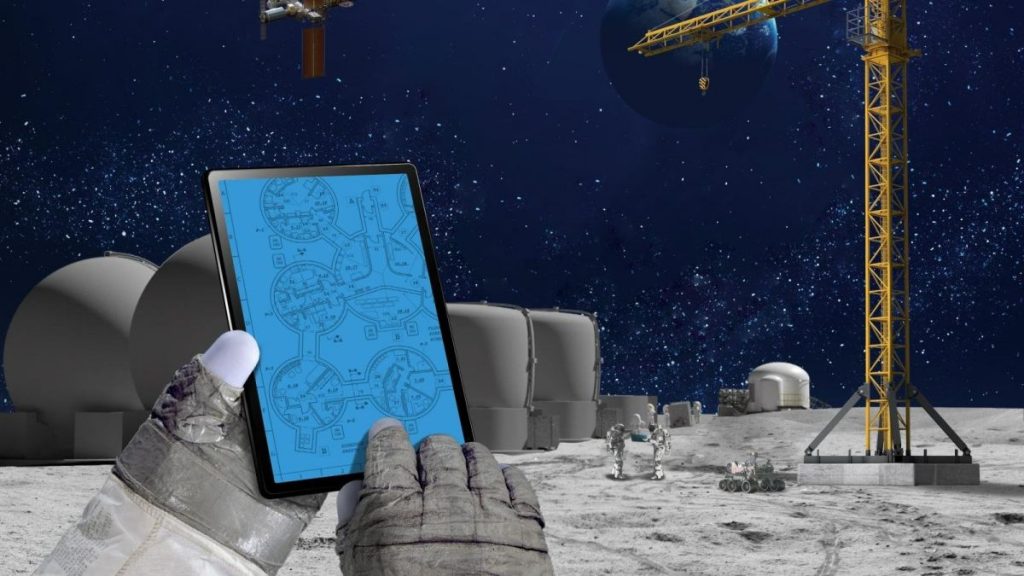A new spacecraft shield is flying to orbit.
The coating aims to hold off space radiation that can blast away at spacecraft surfaces, and cause problems with electrical shorting or overall erosion.
Florida International University will launch the technology to the International Space Station this fall, although the institution hasn’t specified exactly when (opens in new tab) or upon what spacecraft. A test sample will be mounted outside the orbiting facility for at least six months, to assess how well it performs in real life.
The properties of the coating have not been publicly released, presumably because the innovation has not yet been patented nor proven. But if the tech performs well in low Earth orbit, there’s promise for protecting structures that would be built on the moon for NASA’s Artemis program, the university argues.
Related: Artemis 1 paves way for European tech and astronauts on the moon
“By attaching the material to the International Space Station we can get close to simulating the real radiation that structures will face on the moon,” stated Arvind Agarwal, chair of the department of the mechanical and materials engineering department and director of the university’s Plasma Forming Lab.
NASA plans to put people back on the moon around the middle of the decade, providing that earlier missions go to plan. (Artemis 1, a debut uncrewed mission that will launch around the moon, has been delayed several times and may lift off later this year; Artemis 2 is slated to go around the moon in 2024 and Artemis 3 to land humans in 2025 or 2026.)
Related: NASA’s Artemis 1 moon mission explained in photos
The sample coating will be assessed for its durability following six months of sun-facing exposure on the ISS. Once the sample returns back to Earth, university engineers will pummel it with lunar dust to see how well it stands up in that harsh environment as well.
Radiation is just one of the problems that the coating would face on the moon. Atomic oxygen and micrometeorites also can eat away at protective shielding upon space structures, to name just a couple of properties of the space environment, according to Materion (opens in new tab).
The ISS has several dedicated exterior facilities (opens in new tab) on the American and Russian sides to assess how well materials will stand up to several months of space exposure, in anticipation that more material development may be needed ahead of missions on the moon or Mars.
Follow Elizabeth Howell on Twitter @howellspace (opens in new tab). Follow us on Twitter @Spacedotcom (opens in new tab) or Facebook (opens in new tab).

